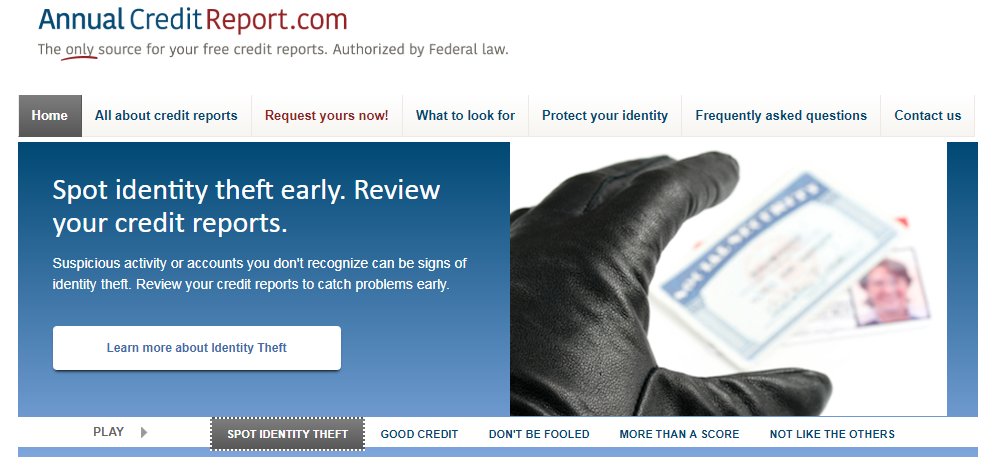How to Check Your Free Credit Report(s)
Your credit is an important piece of your financial life that you definitely need to get to know. It determines whether you’re eligible for certain financial products, like credit cards and mortgages, and will impact how much interest you’ll be charged. So it’s important to stay on top of it.
There are two key things you’ll need to do when it comes to your credit;
1) Know your credit score
2) Periodically check your credit report(s)
For this article, we’re focusing on the second. If you want a more general breakdown of credit & credit scores we have you covered.
So what is a credit report and why check it?
While your credit score is a number that represents the status of your credit (good versus bad), your credit report is where you personal information is collected that feeds into your score.
It contains information about any loans or credit accounts you have outstanding and your payment history, as well as credit inquiries made by third parties.
You actually have three separate credit reports, one for each of the three credit agencies or bureaus that collect your information; Equifax, Experian, and TransUnion.
It’s important to periodically check your reports because sometimes they contain errors that could be hurting your credit score or they might show signs of fraudulent activity you need to be aware of. And you’ll want to be sure to check all three since they don’t always contain the same information.
How do you check your credit report(s)?
By law, you’re allowed to see all three of your credit reports for free every twelve months through a government supported website AnnualCreditReport.com
Here’s what you do.
Step 1: Go to the website (www.annualcreditreport.com)
Make sure you’re at the right site. There’s only one that’s officially recognized by the government. The homepage should looks something like this.

Step 2: Enter your personal information
You’ll be asked to enter some personal info, like your name, address, social security number, and date of birth. This is so they can confirm that it’s actually you.
Step 3: Select which report or reports you want
You can choose one, two, or all three reports. When you do, you’ll be asked for additional information about your finances to confirm that it’s you. The questions are intentionally challenging for security purposes, so you may need your financial records handy. If you’re having trouble answering the questions, you can request copies of your reports to be mailed to you which won’t require answering the security questions.
Step 4: Get your reports
You’ll receive your reports online and you can download or print them to save for your files.
If you prefer, you can also request by phone at 877-322-8228 or by mail, by filling out a manual request form and mailing it to the following address:
Annual Credit Report Request Service
P.O. Box 105281
Atlanta, GA 30348-5281
You should receive your report(s) within about 2 weeks.
Step 5: Review your reports
Once you have your reports, you’ll want to review them for any errors or signs of suspicious activity. This might include;
-Incorrect debt balances
-Accounts you don’t recognize
-Accounts listed as late but that you have been paying on time
-Credit inquiries you didn’t authorize
Step 6: Report any errors or issues
If you do notice anything that seems wrong your suspicious, you’ll want to report it right away. You can submit a dispute with the particular credit agency that’s reporting the error. Here are the actual links you would use to make a dispute.
Experian error disputes
Equifax error disputes
TransUnion error disputes
What’s next?
If you’ve made it this far, way to go! But you’re not quite done. You’ll want to be sure to periodically check your reports in case any new issues crops up. So set some calendar reminders and stay on it. Once you’ve worked hard to build your credit, you want to keep it strong.
Pro Tip: Since you can see each report for free once a year, you could consider checking each one every few months, that way you’ll be on top of your credit throughout the year without having to use additional services. Even though the information on your reports can vary, it tends to be fairly consistent.
Anything else we can help you with?
How to start investing with a brokerage account or robo-advisor



